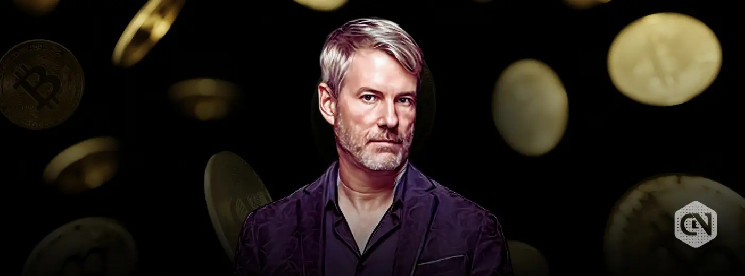MicroStrategy’s Michael Saylor has proposed a comprehensive Digital Assets Framework to position the United States as a global leader in the digital economy. The blueprint strives to unlock trillions in value, streamline regulation, and reinforce the U.S. dollar’s dominance following the newly elected Donald Trump administration. In the second term, Donald Trump is expected to form a crypto-friendly regulatory framework, including a Bitcoin reserve.
Michael Saylor Defines Digital Assets: A Clear Taxonomy
Saylor’s framework proposes six distinct digital asset classes to create regulatory clarity:
- Digital Commodity- Issuer-less, backed by digital power (e.g., Bitcoin).
- Digital Security- Tied to traditional financial assets like equity and debt.
- Digital Currency- Issuer-backed and pegged to fiat.
- Digital Token & NFT- Utility-driven fungible and non-fungible assets.
- Digital ABT- Backed by physical commodities (e.g., gold, oil).
Legitimacy & Compliance
The framework balances innovation and accountability by:
- Empowering Issuers with transparent disclosures and ethical obligations.
- Ensuring exchanges operate fairly while safeguarding assets.
- Giving owners full control while requiring legal compliance.
- Capping compliance costs at 1% of AUM for issuance and 10 basis points for maintenance to reduce regulatory friction.
Michael Saylor also highlighted a capital markets renaissance that dramatically lowers barriers to entry, which will reduce issuance costs from $10 million-$100 million to just $10,000-$100,000.
The shift would expand market access beyond the current 4,000 public companies to 40 million businesses. Apart from this, the framework seeks to enable tokenized assets to allow businesses digital securities, real estate-backed tokens and other financial instruments.
By adopting Michael Saylor’s digital asset strategy, the U.S. has the potential to unlock a $590 trillion opportunity and solidify its financial dominance. This framework could establish the U.S. dollar as the global reserve digital currency along with Gold in U.S. Treasuries.
Additionally, it positions the U.S. to capture the majority of a $280 trillion global digital capital market, ensuring American investors and institutions benefit from the rise of digital assets. Furthermore, by leveraging Bitcoin reserves, the U.S. Treasury could strengthen its financial position.

